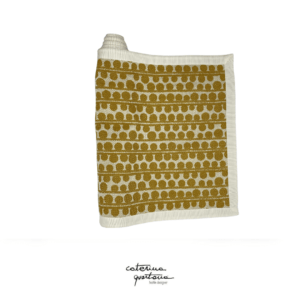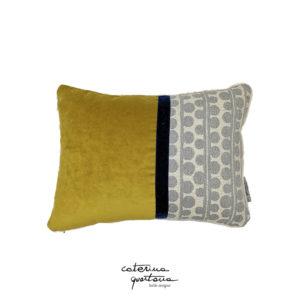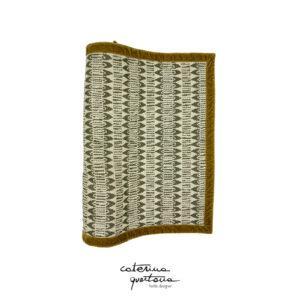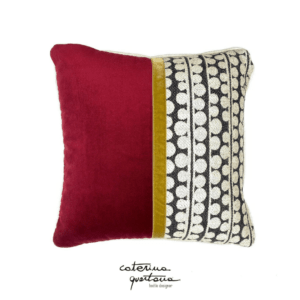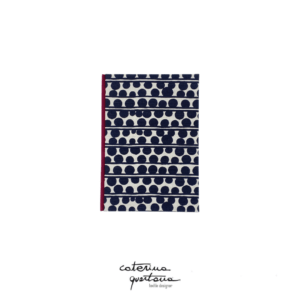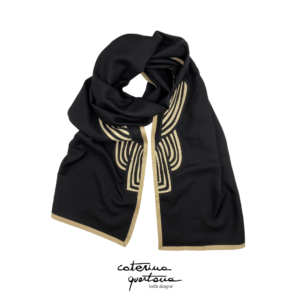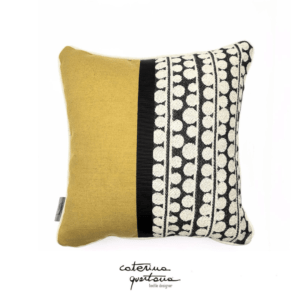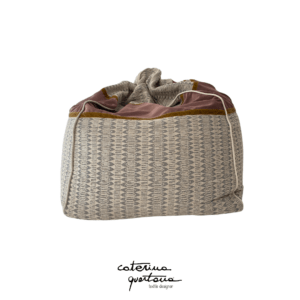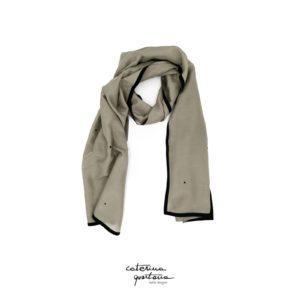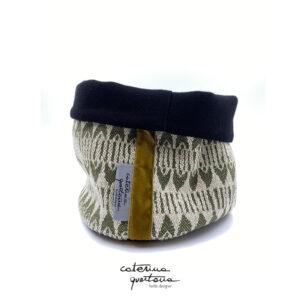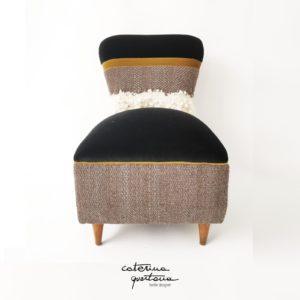No products in the cart.
Comparing Cotton, Wool, Cashmere, and Acrylic: Characteristics and Advantages of Different Fabrics
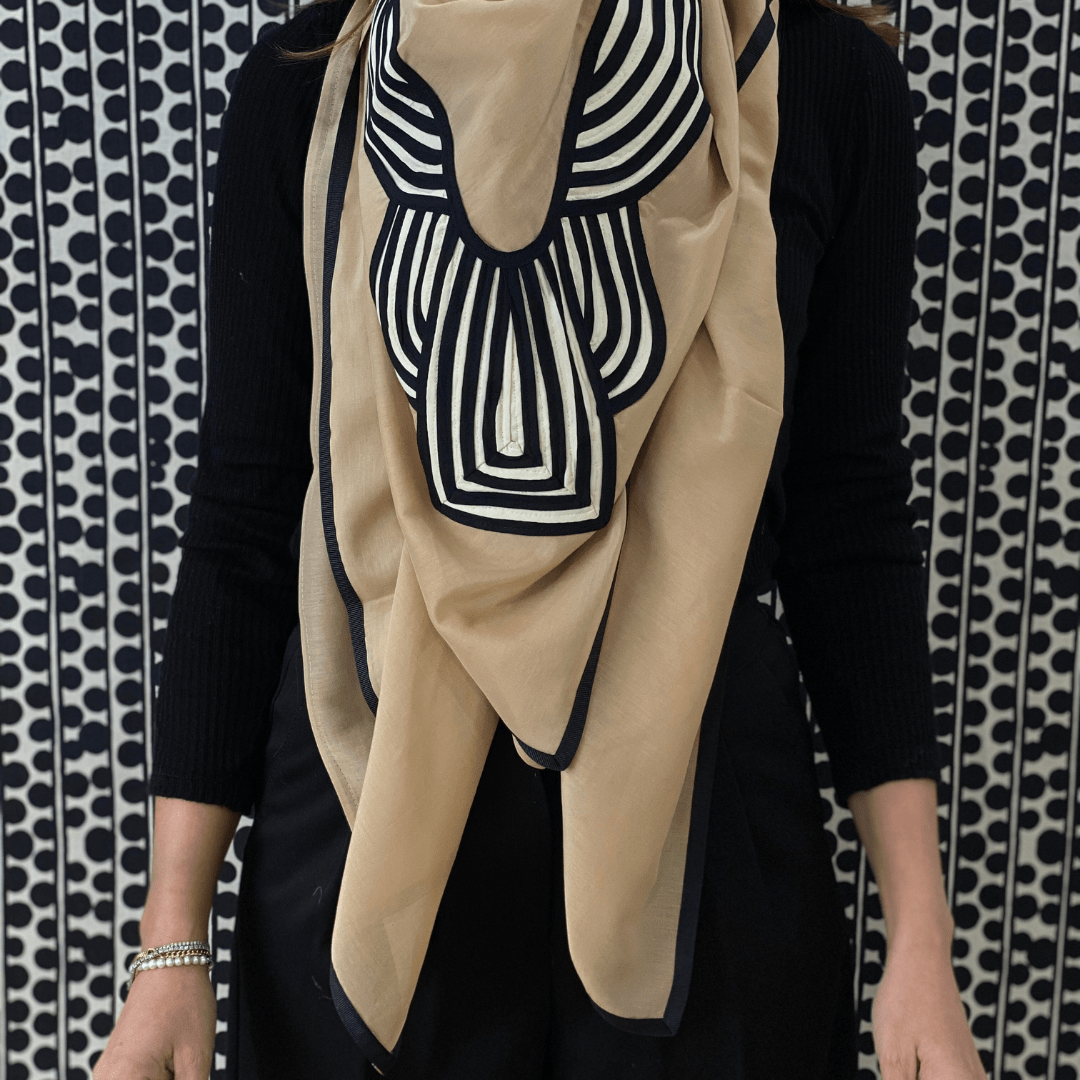
- AndreaConcas
- January 24, 2024
- 8 minutes
- Textile Design
The clothes we wear are made from various types of fabrics, each with unique characteristics.
Among the most common fabrics are cotton, wool, cashmere, and acrylic. Cotton is a natural fiber, lightweight and breathable, ideal for summer. Wool is a natural fiber from the fleece of sheep or other animals, known for its ability to retain heat, making it perfect for winter. Cashmere is a fine fiber obtained from the undercoat of the Kashmir goat, valued for its softness and warmth. Acrylic, on the other hand, is a synthetic fiber that mimics wool but is more affordable and durable. Each of these fabrics has its characteristics and advantages, and the choice depends on personal preferences and individual needs.
- Cotton: Characteristics and Differences Compared to Other Fabrics
- Wool: Properties and Advantages Compared to Other Textile Materials
- Cashmere and Acrylic: Comparison Between Two Fabrics of Different Origin and Quality
Cotton: Characteristics and Differences Compared to Other Fabrics
Fabric is a fundamental element in the production of clothing and accessories. Each fabric has unique characteristics that make it suitable for specific purposes. In this section, we explore the differences between four types of fabrics: cotton, wool, cashmere, and acrylic.
Starting with cotton, one of the most common and widely used fabrics. Cotton is a natural fiber grown from cotton plants. It is known for its softness and breathability, making it perfect for warm climates. Cotton is also durable and easy to wash, making it a practical choice for everyday clothing.
Compared to other fabrics, cotton has some distinctive characteristics. For example, cotton is more breathable than wool and cashmere. This means that cotton allows air to circulate through the fabric, keeping the skin cool and dry. In contrast, wool and cashmere can retain heat and cause sweating and discomfort.
Another difference between cotton and other fabrics is its ability to absorb moisture. Cotton can absorb up to 27% of its weight in water, making it ideal for bath garments and towels. Wool and cashmere, on the other hand, can retain moisture and require special care to maintain their shape and softness.
Now, let’s move on to wool, a fabric known for its warmth and thermal insulation. Wool is a natural fiber from the fleece of animals like sheep, goats, and camels. Wool is valued for its ability to retain heat, making it perfect for colder months.
Compared to cotton, wool has a greater thermal insulation capacity. This means that wool can retain body heat and keep us warm even in intense cold conditions. However, wool can be less breathable than cotton and can cause sweating and discomfort if worn in warm climates.
Now, let’s discuss cashmere, a fine and luxurious fabric. Cashmere is a natural fiber from the undercoat of the Kashmir goat. It is known for its softness and lightness, making it an ideal fabric for high-quality garments.
Compared to wool, cashmere is lighter and softer to the touch. This makes it a popular choice for luxury items like scarves and sweaters. However, cashmere requires special care and can be more expensive compared to other fabrics.
Finally, let’s talk about acrylic, a synthetic fabric that imitates wool. Acrylic is known for its strength and durability, making it an economical choice for clothing. However, acrylic can be less breathable and less warm compared to wool and cashmere.
In conclusion, each fabric has unique characteristics that make it suitable for specific purposes. Cotton is breathable and easy to wash, wool is warm and insulating, cashmere is soft and luxurious, and acrylic is resistant and affordable. Choosing the right fabric depends on your personal preferences and the climatic conditions in which you live.
Wool: Properties and Advantages Compared to Other Textile Materials
Wool is a textile material widely used for the production of clothing and accessories. It is known for its thermal properties and insulation, making it a popular choice for the colder months of the year. But what exactly are the properties and advantages of wool compared to other textile materials like cotton, cashmere, and acrylic?
Starting with cotton. Cotton is a natural material grown from cotton plants. It is lightweight, breathable, and soft to the touch. However, unlike wool, cotton does not have the same thermal properties. It cannot retain body heat like wool, making it less suitable for colder temperatures. Also, cotton tends to absorb moisture, which can make it uncomfortable to wear in high humidity conditions.
Now, let’s move on to cashmere. Cashmere is a fine fiber obtained from the hair of Kashmir goats. It is known for its softness and lightness, as well as its ability to retain body heat. However, cashmere is also much more expensive compared to wool. Wool, on the other hand, is more accessible and still offers many of the same thermal properties as cashmere. Moreover, wool is more durable and resistant compared to cashmere, which can be more delicate and require special care.
Now, let’s discuss acrylic. Acrylic is a synthetic fiber often used as an economical alternative to wool. It has a texture similar to wool, but it does not have the same thermal properties. Acrylic tends to retain less heat compared to wool, making it less suitable for colder temperatures. Also, acrylic can be less breathable and may cause excessive sweating. However, acrylic is more resistant to sunlight and stains compared to wool, making it a more practical choice for some.
Wool, on the other hand, offers a number of advantages over these materials. First, wool is a natural material obtained from the fleece of sheep. It is biodegradable and sustainable, unlike acrylic which is a synthetic fiber derived from petroleum. Moreover, wool has excellent thermal and insulating properties. It is able to retain body heat while allowing the skin to breathe. This makes it an ideal choice for winter and for people living in cold climates.
Wool is also resistant to wrinkles and creases, which means that woolen garments maintain their shape over time. Additionally, wool is resistant to stains and wear, making it a durable and long-lasting choice. Finally, wool is also fire-resistant, making it a safe choice for clothing.
In conclusion, wool offers a number of advantages compared to other textile materials such as cotton, cashmere, and acrylic. It is a natural, thermal, insulating, and resistant material. Wool is an ideal choice for winter and for those looking for a durable and long-lasting material. So, the next time you’re looking for a warm and comfortable garment, consider wool as your main option.
Cashmere and Acrylic: Comparison Between Two Fabrics of Different Origin and Quality
The world of fabrics offers a wide range of options, each with its unique characteristics. Among the most popular and widely used fabrics are cotton, wool, cashmere, and acrylic. Although all four are used to create clothing and accessories, there are significant differences between them in terms of origin and quality.
Cotton is a natural fabric produced from cotton plants. It is widely available and relatively inexpensive. Cotton is known for its softness and breathability, making it an ideal choice for warm climates. It is also easy to wash and resistant to wear. However, cotton tends to shrink slightly after washing and may require frequent ironing to maintain a clean and tidy appearance.
Wool, on the other hand, is a natural fabric obtained from the hair of animals like sheep, goats, and camels. Wool is valued for its warmth and thermal insulation, making it an ideal choice for cold climates. It is also resistant to creases and has a good moisture absorption capacity. However, wool requires special care, such as dry cleaning, to avoid shrinkage and damage to the fibers.
Cashmere is a fine and luxurious fabric obtained from the hair of cashmere goats. It is known for its softness and lightness, making it extremely comfortable to wear. Cashmere also has excellent thermal insulation capacity, making it suitable for colder seasons. However, cashmere is also one of the most expensive fabrics on the market due to its complex processing and limited availability of raw materials.
Acrylic, on the other hand, is a synthetic fabric chemically produced. It is an economical choice compared to natural fabrics and can mimic the appearance and feel of other fabrics like wool and cashmere. Acrylic is resistant to creases and shrinkage and is also easy to wash and dry. However, acrylic tends to retain moisture and can be less breathable compared to natural fabrics.
When it comes to choosing between cashmere and acrylic, there are some important considerations to keep in mind. Cashmere offers an unmatched luxury and comfort experience, but it can be expensive and requires special care. Acrylic, on the other hand, is a more economical and practical choice, but it may lack the same quality and luxurious feel of cashmere.
In conclusion, the choice between cotton, wool, cashmere, and acrylic depends on personal preferences, budget, and specific needs. Cotton is a versatile and affordable choice, while wool offers warmth and insulation. Cashmere is a luxurious and fine fabric, while acrylic is an economical and practical option. Each of these fabrics has its unique characteristics and can be used to create high-quality clothing and accessories.
In conclusion, fabrics like cotton, wool, cashmere, and acrylic differ from each other in terms of origin, properties, and characteristics. Cotton is a natural fiber derived from the cotton plant and is lightweight, breathable, and durable. Wool is a natural fiber obtained from the fleece of sheep or other animals and is known for its warmth and thermal insulation. Cashmere is a fine fiber obtained from the hair of the Kashmir goat and is soft, lightweight, and luxurious. Acrylic is a synthetically produced fiber and is durable, easy to care for, and less expensive compared to natural fibers. Each of these fabrics has its unique characteristics and can be used for a variety of purposes, depending on personal preferences and needs.
Table Setting. Discover the Guide to Decorate Your Table and Follow Etiquette Rules
Organizing a lunch or dinner involves meticulous table setting, considering tablecloths, cutlery, glassware, centerpieces, and etiquette for a refined atmosphere.
Iscriviti alla CQ NEWSLETTER
Ricevi informazioni sulle nuove collezioni CQ, eventi speciali ed esclusive promozioni… inoltre avrai subito diritto ad uno sconto del 10% sul tuo primo ordine online!
CQ Best Sellers
Showing 1–8 of 149 results



